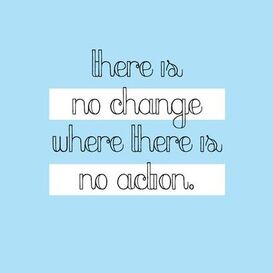
We encourage you to read the following materials to participate fully in the discussion:
- Reading Guide for White Fragility by Özlem Sensoy and Robin DiAngelo (You do not have to read the entirety of the packet, but focus primarily on the Common Patterns and Silence Breakers!)
- How does this system of labeling or acknowledgement of how we discuss race, Whiteness and Blackness in the US affect how you're coming to this conversation?
- Have you used any of these defenses or patterns personally?
- Examine your initial responses and take notes of the Common Patterns and Silence Breakers. How have you noticed these patterns playing out on social media? in conversations prior? etc.
- "A Message to Our Visitors" from the Black Music Therapy Network (will appear when you open the website)
- Attest to the questions posed by the Black Music Therapy Network on social media exposure to violent footage?
- How does the term "white guilt" feel to you, from your own cultural context?
- How can the front-loading of Black and BIPOC (Black, Indigenous, and People of Color) to educate others on racial equality be traumatic? Whose job is it to educate others on matters of being anti-racism?
- How have you experienced, observed or participated in tokenism in our society--and how does this play into the unfair and overbearing responsibility of BIPOC to consistently explain their right to equality and a more just society?
- "Dinah, Put Down Your Horn: Blackface Minstrel Songs Don’t Belong in Music Class" by Dr. Katya Ermolaeva (Warning of use of racial profanity in the original lyrics, and titles of some original Black Minstrel songs listed below)
- How much of this information did you know before reading the article? (its okay to say none--I didn't know either--love Grace)
- How could these songs, while many do not know the source, still cause harm to future clients?
- What is the real issue with using historically racist songs? Why can't we just change the lyrics?
- How do you feel about getting rid of the Black Minstrel songs? (comprehensive list of songs here)
- What is an immediate action we can do to cycle these songs out?
Proudly powered by Weebly